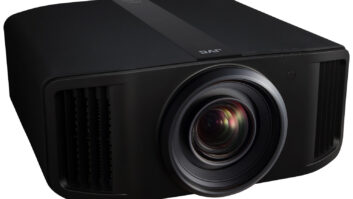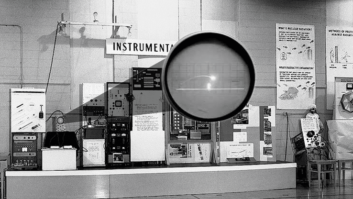New York – Panasonic and Olympus have introduced a new iteration of the Four Thirds standard for digital SLRs that will result in significantly smaller camera bodies and lenses in addition to the ability to record video, the company’s claimed.
Cameras based on the new Micro Four Thirds system standard will feature a 50 percent eduction in the distance between the lens mount and image sensor, a 6mm smaller lens mount outer diameter and a greater number of electrical contacts in the mount (from the original nine to 11). The additional contacts will allow for new features in digital SLR photography, the companies said.
Existing Four Thirds standard lenses from Olympus, Panasonic and others can be mounted on forthcoming “micro” cameras with an adapter.
The new specification also holds the door open to video recording, something current digital SLRs cannot do.
According to the companies, both Panasonic and Olympus will develop products based on the existing standard and the new micro standard “in accordance with their respective business strategies.”
Product details were not announced.
The Four Thirds system was introduced in 2003 by Olympus and other imaging firms to create “all digital d-SLRs” that did not rely on legacy film lenses employed by rivals such as Canon and Nikon on their digital SLRs. To date, Panasonic and Olympus have introduced camera bodies based on the standard and those firms plus Sigma and Leica have introduced Four Thirds standard lenses.













